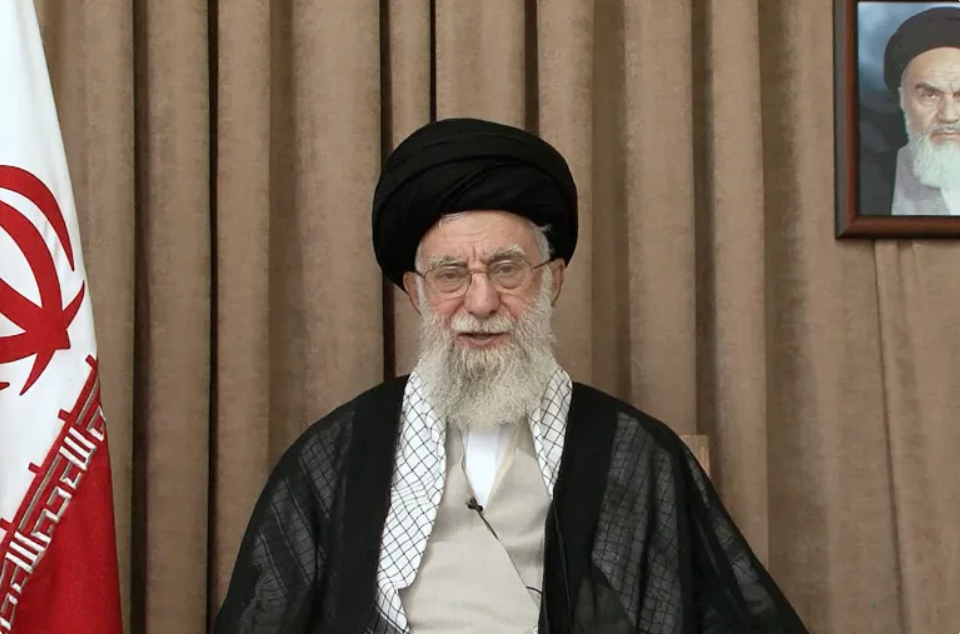Illustration by Marley Allen-Ash
First Person is a daily personal piece submitted by readers. Have a story to tell? See our guidelines at tgam.ca/essayguide.
The year was 1989. I was in sixth grade, and we had just been assigned a project called “Share Your Culture.” As part of the project, we were all assigned to bring in food from our culture to share. Little Joycelyn was so excited to bring in one of her absolute favorite things: the Filipino version of bubble tea – called “sago.”
Now, in 1989, bubble tea had not been commercialized. It was not found on every street corner of every major city like it is today. So, when I brought in this brown sugar syrup with these little gelatinous eyeball-like blobs floating in it, all the other kids were grossed out and would not even take a sip. I was so upset by their lack of acceptance that I ran out of the classroom crying, and the teacher had to school the class on being respectful of other peoples’ cultures.
But the impact of this moment lingered. I stopped drinking sago. I was so ashamed of my culture after hearing my classmates laugh at me that I deprived myself of this thing I loved – until finally, when I was in college, I saw lots of people walking around with another Asian version of sago now called bubble tea. I remember the first moment I saw this: non-Asian students casually sipping on gelatinous bubbles.
“Wow,” I thought. “It took 25 years for this food culture to be accepted in the mainstream. How can I make this acceptance happen more quickly?”
That question became my life’s work. In many ways, I’m still asking a version of that same question. Not just about food or surface-level cultural expressions but about genuine cultural understanding in our supposedly multicultural country.
The data from a 2024 national study by my company, AV Communications, and Ipsos sits heavily on my desk. Not because the findings surprise me, but because they mirror what I’ve experienced firsthand. While 84 per cent of Canadians claim comfort expressing their cultural identity alongside their Canadian one, I find myself wondering: Are we embracing the depth of what this means, or are we comfortable with shallow celebrations?
I’m constantly code-switching between worlds. In Canadian boardrooms, I watch executives nod enthusiastically about diversity while butchering the pronunciation of their team members’ names. Meanwhile, my American clients are walking on eggshells around DEI, terrified of saying the wrong thing. The difference is night and day – Canadians wrap multiculturalism into our national identity like a cozy tuque, while Americans treat it like a compliance checklist or political hot potato.
This dual perspective has shown me how we often mistake tokenism for inclusion. Yes, the numbers from our study are encouraging – 77 per cent of Canadians view cultural diversity as core to our national identity. But viewing diversity as fundamental isn’t the same as understanding how to navigate the complex layers of cultural experience that shape modern Canadian life.
Recently, I sat in a meeting where a marketing team was high-fiving over their “diverse” campaign. They had the perfect rainbow of faces, but the messaging was so painfully Western it hurt. When I suggested they might want to incorporate actual cultural perspectives into the strategy – not just the photos – they stared at me like I’d sprouted a second head. That gap between intention and understanding? That’s where we’re dropping the ball.
Every year when Canadian Multiculturalism Day rolls around on June 27, I think about how in 1971, Pierre Trudeau made us the first country to adopt multiculturalism as official policy. But 53 years later, I wonder if we’re actually living that policy or just trotting it out for heritage minutes and political speeches.
The numbers tell the real story: 54 per cent of Gen Z Canadians aren’t white, compared to just 22 per cent of boomers. This isn’t just a demographic footnote, it’s a fundamental shift that requires us to rethink everything about how we connect with each other.
What really jumps out from our research is that second-generation Canadians have the highest rates (46 per cent) of cross-cultural relationships. My friends in this category weren’t interested in staying in the cultural lanes our parents set up. They’re the ones creating a roadmap for what genuine cultural bridges look like.
Our kids are light-years ahead of us. My teenage niece bounces between K-pop, British slang and Brazilian creators without thinking twice. She’s not trying to be worldly, this is just her normal, and she’s probably rolling her eyes at how the rest of us make such a big deal about it.
Too often Canadians treat diversity like a marketing checkbox instead of something that fundamentally changes how we operate. I wrote a book titled The Multicultural Mindset to call out this one-dimensional approach.
As I reflect on that sixth-grade classroom all those years ago, I realize we’re still in that same room on a national scale. Some eagerly share their cultural treasures while others stand back, uncertain or unwilling to truly engage. The teacher — our national policies and institutions — occasionally steps in to remind us to be respectful, but true acceptance requires more than polite tolerance.
The food I brought to my sixth grade “Share Your Culture” project that made me feel like an outsider now sells for $7 at trendy cafés nationwide.
Sago, anyone?
Joycelyn David lives in Etobicoke, Ont.














